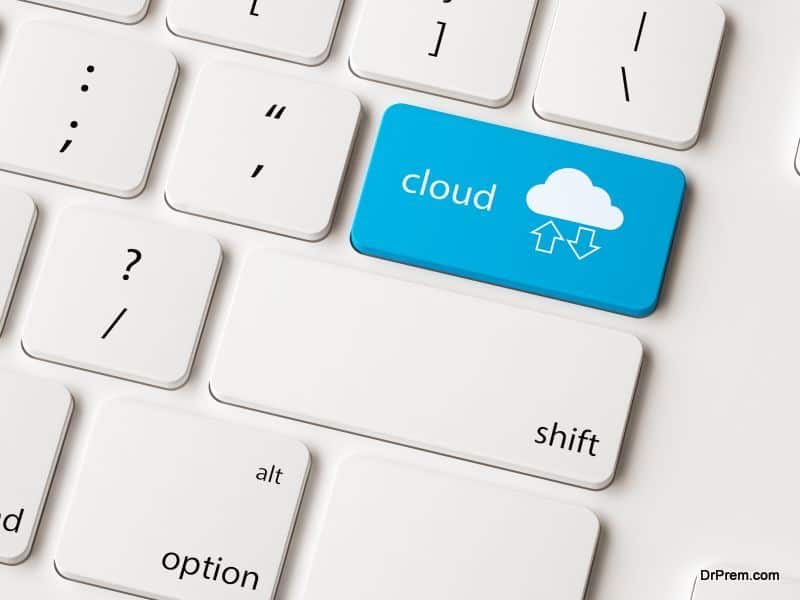Sometimes it’s the smallest things that take a learning experience from ordinary to extraordinary. Ordinary cardiologists combined with interventional cardiology training become masters in the operating room. Teachers who embrace technology and use it in clever ways become wizards in front of the blackboard.
You might hate it when students text in the classroom. But tech, when used at the right time and place, can increase your efficiency and boost creativity. Here are areas where teachers can benefit from using digital savvy to improve their teaching lives.
Save your brain, use the wisdom of crowds
Ready-made tailored worksheets are a godsend to teachers everywhere. You can find everything you need online for homework assignments or lesson plan additions to help reinforce topics. Many sites that provide these worksheets do so for free. Others require a monthly fee, which may or may not be within your school’s budget.
But of the free resources, there are some stellar options that can give the paid sites a run for their money. Not looking for worksheets? Perhaps you need something to help reinforce a topic or teach a skill? Check out this list featured on the TED-Ed blog on apps that teachers are recommending to teachers.
Use apps to keep you on track
Do you regularly forget to make class material copies for your students? And then remember to do it 5 minutes before class begins? Use to do list apps to keep you on point. Various systems work for different types. Some find it helpful to integrate their to do list with their calendar. And to schedule to-dos into time slots on a calendar app. Others use specialized apps for to do lists.
As ideas on future lesson plans come to you, or what you must prepare for future classes, make entries into your to do list app. You can take it up a notch by categorizing to do lists by day or by type of work. Start your day by consulting your to do list, which should be filled with entries from the day before. Additionally, try ending your day with writing out tasks that need to be done the next day. A recent study found that this simple act helps people sleep more than if you were to journal about tasks that you completed.
Put it all on the cloud
A laptop at home and a shared computer in the teacher’s room? Do you put your printouts on a USB stick and carry that around with you? What happens when you forget your USB at home? Or what if you have extra time at school where you wish you could do some lesson planning, but your charts are on the USB next to your coffee maker?
Skip the drama. Use Google Drive to store your files, which you can then access anywhere by signing into your Gmail account. With 15 GB of free space, you can store a full year’s worth of lesson plans, printouts, and other digital files. Google Drive is not the only cloud storage solution that lets you sign in and get your stuff from any computer with an Internet connection. Other options include Dropbox or Microsoft’s One Drive, both of which have a free option.
Inbox zero can be yours
Who has time to read and compile input? Certainly not you. Not if you ever want to have that weekend to yourself. Yet collaboration among teachers and communication among parents is essential. So how do you get input from teachers and communicate with parents without generating thousands of email replies in return? And, let’s face it. We’re all plenty tired of too much email.
Perhaps that’s why apps that help teachers communicate with parents are on the rise. ClassDoJo has over 35 million users. And by last count, 1 out of every 2 schools use it to inform parents on student behavior. Google Classroom helps teachers inform students of grades, communicate important info, and stay on top of it all.
Additionally, there are many clever ways to use social media in the classroom to meet your needs to get input or to inform. Consider using a social media platform that allows users who are part of a group to post messages and comment. You can use it to post reminders on school assignments or to let parents know about upcoming events. This type of forum can also be used to solicit input from other teachers on teaching methods or lesson planning.Try out setting up a page for communicating with your students. Naturally, make sure that whatever you set up does not contravene any school guidelines.
Article Submitted By Community Writer







